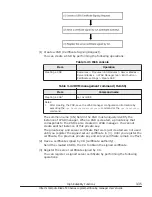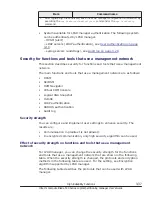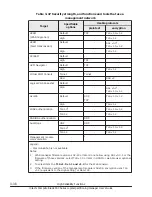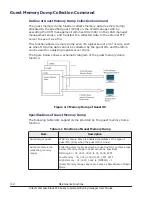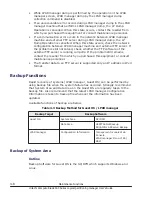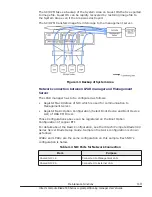
Item
Function
Dump data
format
Same as the existing LPAR manager dump format
Dump output
file format
GZIP format. Two files (two blocks of dump data) with the existing dump
header (128 bytes) attached to the head of the GZIP-compressed data
are output.
Dump output
file name
First-block dump file: hvmdump-yyyymmdd-hhmmss-01
Second-block dump file: hvmdump-yyyymmdd-hhmmss-02
(Note) yyyymmdd: Collection date (in the order of year (4 digits), month
(2 digits), and day (2 digits))
hhmmss: Collection time (in the order of hour (2 digits), minute (2
digits), and second (2 digits))
Collection date and time are the same for the first and second blocks.
User input
information
Enter the following information when executing the LPAR manager dump
collection command.
- LP IP Address
- IP address of the external FTP server
- User ID of the external FTP server
- Password of the external FTP server
- Dump output file directory path of the external FTP server (specified
directory path under FTP)
Note: If the user ID or password contains a symbol, the memory dump
collection may fail.
Maximum
concurrent
collection
1 (Another dump data collection request to the same LPAR manager
machine cannot be accepted during memory dump operation.)
Condition for
data
collection
Except for the notes described later, LPAR manager dump is always
enabled.
How to Use the LPAR manager Dump Collection Command
For the basic usage of HVM management commands that are essential when
using the LPAR manager dump collection command, see the HVM
Management Command (HvmSh) operation Guide. For how to use the LPAR
manager dump collection command, see the HVM Management Command
(HvmSh) operation Guide.
Notes for using LPAR manager Dump Function
The following describes notes to be considered when using the LPAR manager
dump collection command.
•
While LPAR manager dump is performed by the LPAR manager dump
collection command, any other LP Dump Operation on the LPAR manager
screen is disabled.
Maintenance Functions
4-7
Hitachi Compute Blade 500 Series Logical partitioning manager User's Guide



